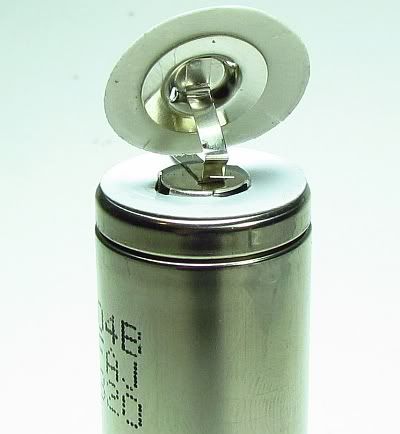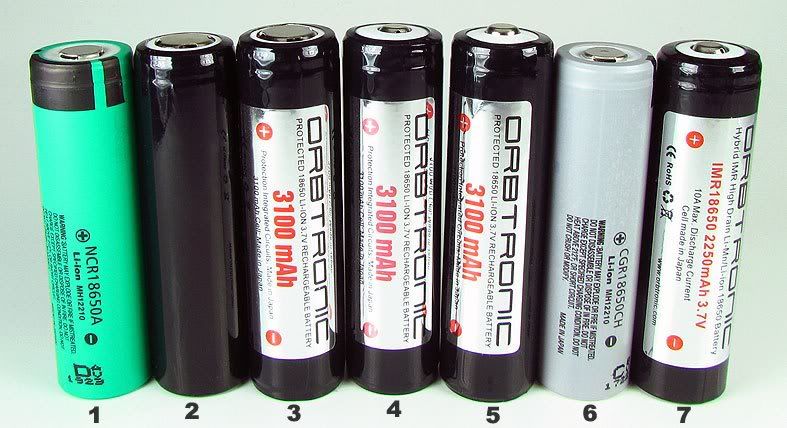Hi all,
Just now I got a nice informative email from Orbtronic about the floating top button on their 18650’s. It is refreshing to have a seller that really listens to their customers!
I got permission to paste it here. I resized and put the photo on Photobucket.
Rich
Hi Richard,
Since you are our customer, and I saw your post at BLF I would like to explain a few things.
First, button top is welded. If you apply strong side force it will move, and still stay welded.
Flex strip wire is used to attach top button to the Panasonic’s original button (multiple welding spots) - so again: even if you apply force contact will stay intact.
It is much easier (and cheaper) to weld directly, but because of (smaller then usual) diameter of Panasonic’s original button direct welding only will result in very poor welding (spot) contact - easy to break, and become loose.
Redilast, CCustoms… all the same. AW knows that, and they decided rather not to instal button at all.
Batteries are fine if used properly.
Guy from Amazon realized what he did and removed his review. He was pushing battery in wf-139 - Charger known for not accepting any Panasonic protected battery.
Here is a picture of top button assembly so you can see what I am talking about (welding directly would be much cheaper, and easier, but button will “fell off” on any sideforce applied- especially when short bay chargers are used):

Regards
Sal
